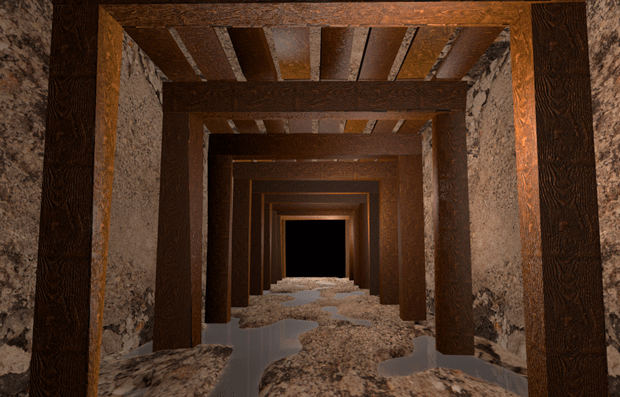In my last post I wrote a simple outline on how to learn something new in 30 days. Focusing on the contents of your first 20 hours of practice as a foundation for better results. In this experiment, I chose to learn 3D modeling and animation using Cinema4D as my objective. Setting October 11, 2014 as the starting point and putting in at least 20 hours of learning and practice by November 9, 2014.
We are now a few days beyond the halfway mark and the first week or so felt pretty much like Mei Li’s day one of retuning to novel writing after a three-week hiatus. (If you haven’t read her article, it a pretty funny!) – Only it didn’t get any better for me the day after or even the first week into it. I couldn’t put in anything more than 10 minutes a day during the week and my focus just wasn’t there. Weekends, however, had a different energy. I was able to focus more and set aside larger blocks of time, so I shifted my strategy to devoting larger blocks of time on weekends instead of the even daily dose that I was initially aiming for.
The Hours
The first 2 weekends were spent viewing 10 hours of foundational video at http://greyscalegorilla.com/intro-to-cinema-4d and this last weekend was spent with 4 hours viewing and building the first 2 of the 12 project videos. Here’s what we’ve got so far.
A Fully 3D Modeled Mineshaft, Baby!
Here’s What Was Learned:
1. Modeling a basic object like a wooden post
2. Adding image and texture to the surface of an object
3. Using a cloner tool to multiply objects
4. Adding texture bumps to the ground and wall surface
5. Creating water puddles on the ground surface
6. Lighting the interior of the mine
So far that’s the first 14 hours of my intended 20 hour goal. That’s 6 more hours to go, baby! At this point, I still would not be able to rebuild what I’ve made without painstakingly going through the videos but it has given me enough understanding of a few basic principles. And, although the theme of my initial post was how to learn fast, real competence really does only come with a lot of time and effort.
So with that, I end this post with an encouraging anecdote from the book ‘Art & Fear’ by David Bayles and Ted Orland.
The ceramics teacher announced on opening day that he was dividing the class into two groups. All those on the left side of the studio, he said, would be graded solely on the quantity of work they produced, all those on the right solely on its quality. His procedure was simple: on the final day of class he would bring in his bathroom scales and weigh the work of the “quantity” group: fifty pound of pots rated an “A”, forty pounds a “B”, and so on. Those being graded on “quality”, however, needed to produce only one pot – albeit a perfect one – to get an “A”.
Well, came grading time and a curious fact emerged: the works of highest quality were all produced by the group being graded for quantity. It seems that while the “quantity” group was busily churning out piles of work – and learning from their mistakes – the “quality” group had sat theorizing about perfection, and in the end had little more to show for their efforts than grandiose theories and a pile of dead clay.
And to hammer it in, an inspiring video from Ira Glass. Enjoy : )


Leave a Reply